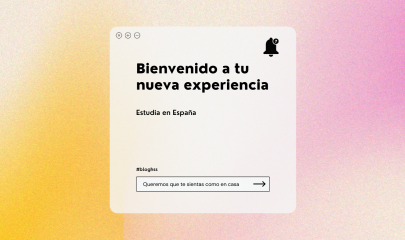Happy Halloween
Halloween is just around the corner, and soon you'll need to start doing the homologation of your studies if you want to study in a Spanish university. But don't get scared, here at Homologation Student Services we help you throughout the entire process without fooling you. Beware of the deadlines so that you don't run out of time.
This being said, let's do a quick overview on Halloweens' history.
The history of Halloween can be traced back to ancient Celtic festivals, particularly the festival of Samhain. Samhain marked the end of Celtic year and the beginning of the darker, colder season. It was a time when the boundary between the living and the dead was believed to blur, and the spirits of the deceased returned to the earthly realm. People lit bonfires and wore costumes to ward off these wandering spirits and appease them with offerings of food.
In the 7th century, the Catholic Church sought to Christianize pagan festivals, leading to the creation of All Hallows’ Eve, which was later shortened to Halloween. It was celebrated on November 1st, the same day as the Chirstian holiday of All Saints’ Day. All Saints’ Day honored all the saints in the Catholic tradition. All Souls’ Day, on November 2nd, was a day to remember the deceased, and it shared some similarities with Celtic Samhain. The traditions of All Hallows’ Eve incorporated elements from both of these Christian holidays, as well as from the earlier Celtic practices.
Halloween made its way to North America through Irish and Scottish immigrants in the 19th century. Over time, it began to evolve, blending elements of various cultural traditions. Pumpkins, for example replaced the traditional turnips used for carving lanterns, and trick-or-treating, as we know it today, started to emerge. Children dressed in costumes went door-to-door asking for treats and played pranks on those who refused.
It continued to evolve in the 20th century. It became a more commercialized holiday, with the emergence of the Halloween costume and decoration industry. The focus shifted from supernatural elements to a more playful and festive celebration. Today, Halloween is celebrated by people of all ages, with costume parties, haunted houses, and a wide array of spooky decorations.
Halloween has become a vibrant and widely celebrated holiday marked by costumes, candy, and festivities. While its roots may be shrouded in the mists of time, Halloween has grown to become a beloved and enduring tradition that continues to capture the imagination of people worldwide.



